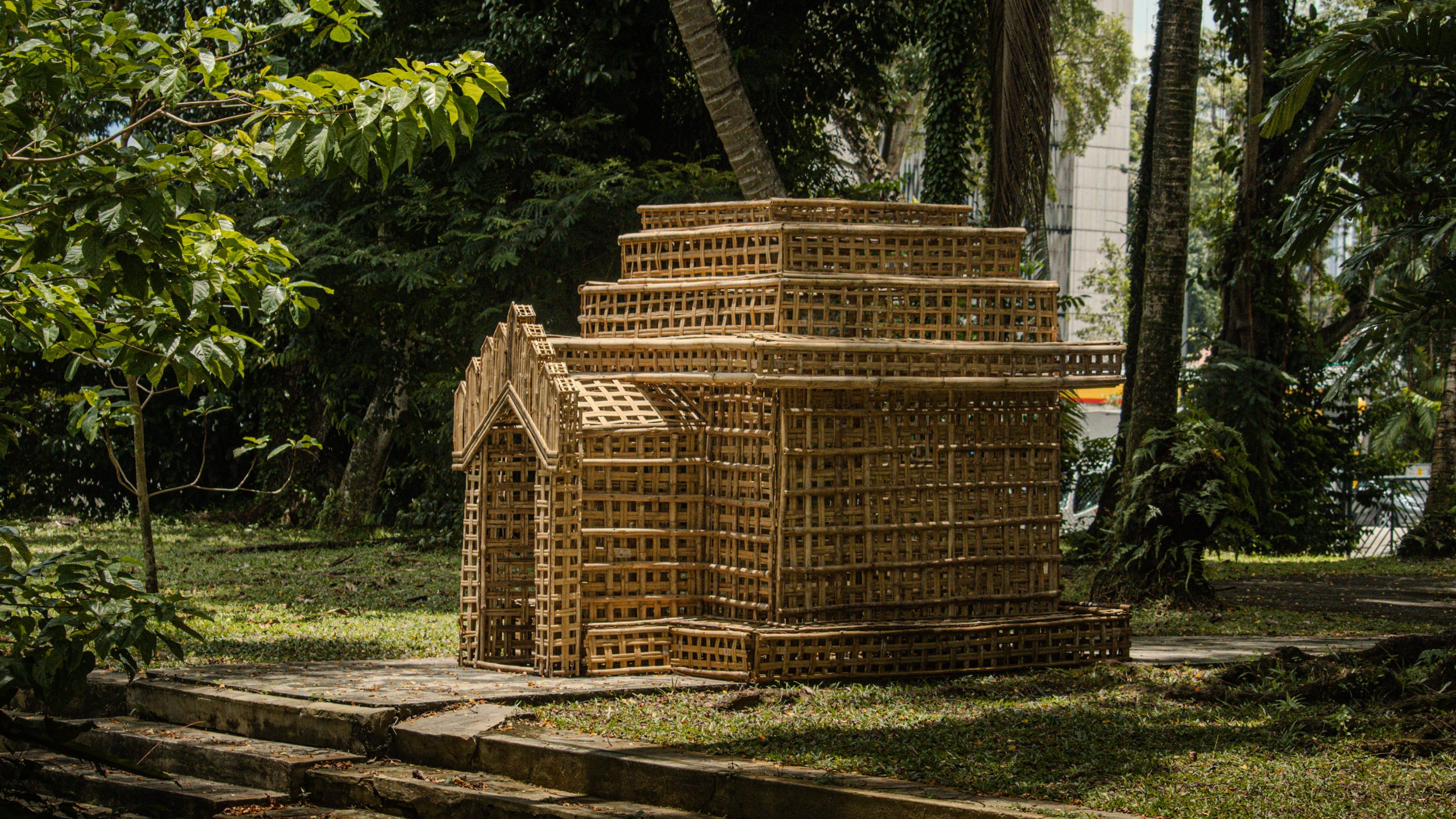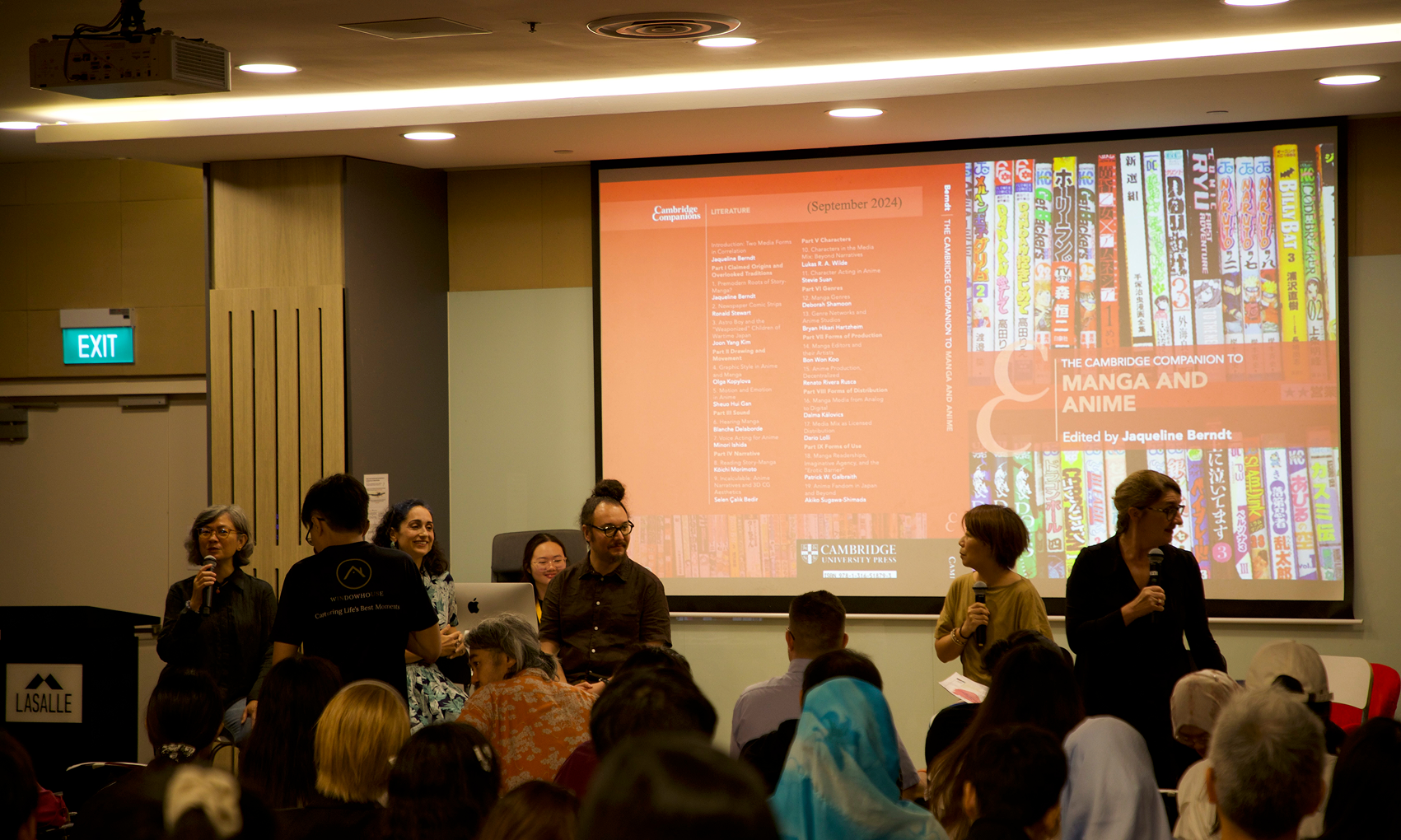Journal and book publications
Learning through Disruptive Interactions
Fashion education has evolved to meet the changing needs of the industry and train creative individuals to become effective storytellers, image-makers, curators and producers. The role of fashion is becoming an increasingly important medium to communicate unique narratives, develop ways of portraying, reimagine museum and retail spaces, and explore innovative ideas, processes and business solutions. This paper examines the unique positioning of fashion education in Southeast Asia and the significance of redefining the impact of fashion through experiences of disruption, displacement and discomfort. As the field of fashion continues to extend into neighbouring disciplines of design and related industries, the student learning experience needs to respond with rigorous enquiries that confront existing notions of fashion as both a system and means for innovation. The case-studies included in this paper reconcile the challenges of developing an Asian design language in Southeast Asia against a retail landscape dominated by Western fashion.
Citation:
Henestrosa, Circe, and Harah Chon. ''Learning through Disruptive Interactions.'' Proceedings of REDO Cumulus, Design School Kolding 06/2017, edited by Anne Louise Bang, et al., Cumulus, 2017, pp. 481-488, ISBN / ISSN: 978-87-93416-15-4.
Histories, practices, interventions: A reader in Singapore contemporary art
Histories, practices, interventions: A reader in Singapore contemporary art is an anthology of writings on Singapore contemporary art since the 1970s. It contains 33 wide-ranging essays by leading art historians, art critics, curators, artists, playwrights and academics. Comprising texts that reflect diverse writing styles and modes of expression—from personal narrative to theoretical texts to manifestos—this book is an essential resource for students, researchers and art lovers alike.
Citation:
Say, Jeffrey, and Seng Yu Jin, editors. Histories, Practices, Interventions: A Reader in Singapore Contemporary Art. Institute of Contemporary Art Singapore, 2016.
On Game Structures
On Game Structures is an interdisciplinary platform for querying the logic of artistic, epistemological and economic moves and strategies. In art, science and philosophy, as in social praxis, every position is always an intersection of past moves. And every new move, in turn, alters the existing structure by altering the relationship between the structure’s constituent elements: time, space, rules, goals, and modes of interaction. This dynamic interpenetration of play – as emergent activity – and games – as coagulated structure – is, in this issue, explored in scholarly and artistic ways. Examples of the hybrid tropes the contributors engage with are liminoid social rites, playbour (the neoliberal fusion of play and labour), mathematical-musical recursion, Taqiyyah (the Islamic jurisprudence which embroils truth and falsity), porn-sports, and phantasmal ludicity.
Citation
Lushetich, Natasha, & Mathias Fuchs. "On Game Structures." Performance Research, vol. 21, no. 4, July 2016, pp. 1-7
Creative Cross-Cultural Connections: Facebook as a Third Space for International Collaborations
As industries are increasingly globalized, our students’ future workplaces require facility with cross-cultural collaboration, yet curricula often remain situated within the home culture. This chapter presents a qualitative case study on a collaborative project between students in London, Hong Kong, and Singapore. An overview of the process is given drawing on the experiences of the teachers and students involved, informing a discussion around the issues inherent in the internationalization of the curriculum. Tutors created a shared private Facebook group to connect London College of Fashion students with students at City University Hong Kong and LASALLE College of the Arts Singapore. Students worked on separate but aligned briefs that mirror contemporary working patterns and allowed co- creation of educational experiences beyond the geographic and time constraints of working internationally, specifically addressing issues around global and local communications. The Facebook platform was used separately and collaboratively to support students’ learning and the digitally mediated collaboration allowed for flexibility in when and how education took place, providing a third space for co-creation of learning: a global classroom.
Citation
Radclyffe-Thomas, Natascha et al. "Creative Cross-Cultural Connections: Facebook as a Third Space for International Collaborations." University Partnerships for Academic Programs and Professional Development (Innovations in Higher Education Teaching and Learning) edited by Patrick Blessinger and Barbara Cozza, vol. 7, Emerald Group Publishing Limited, 2016, pp. 243-266.








